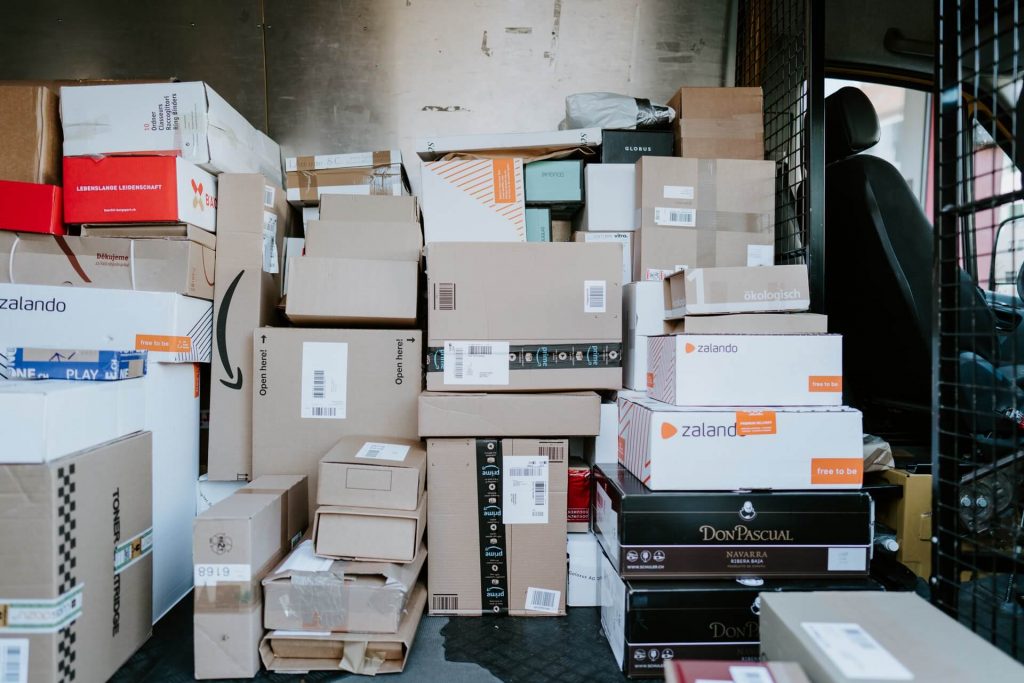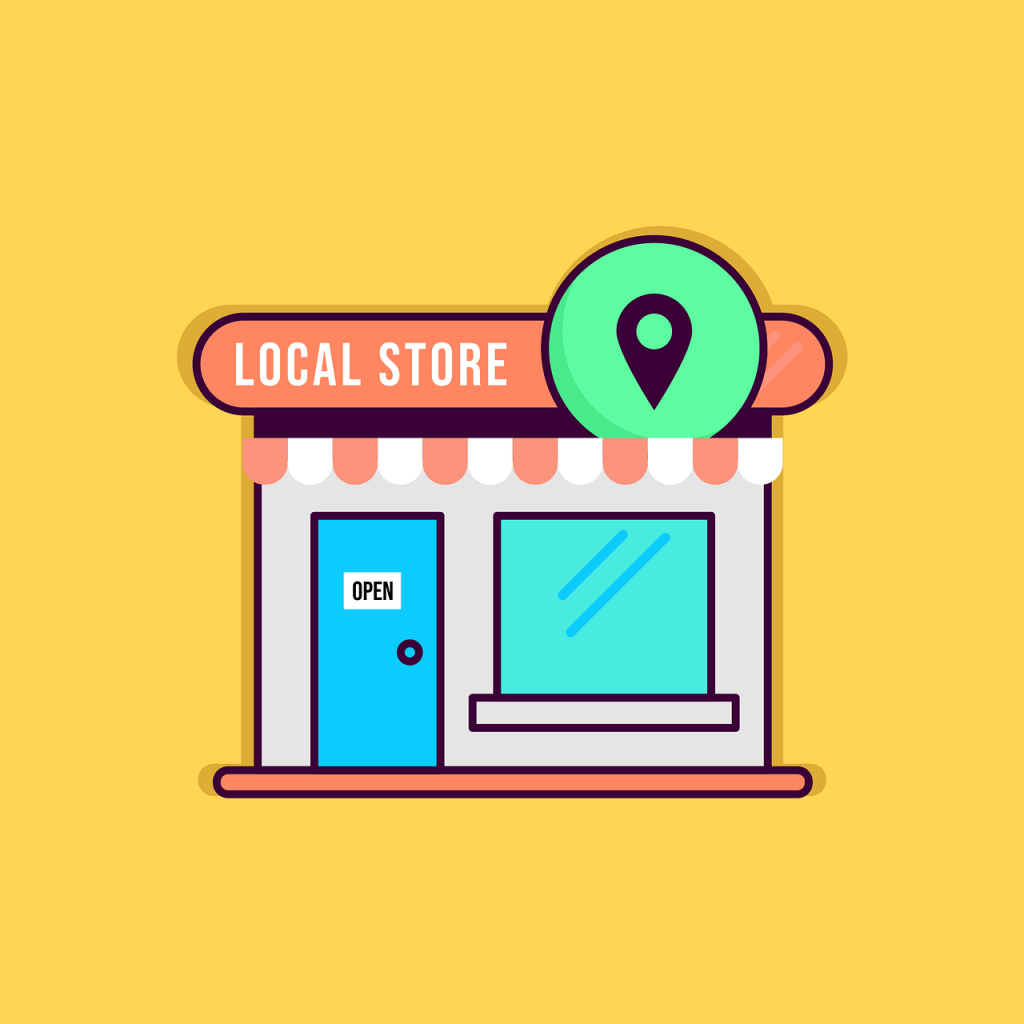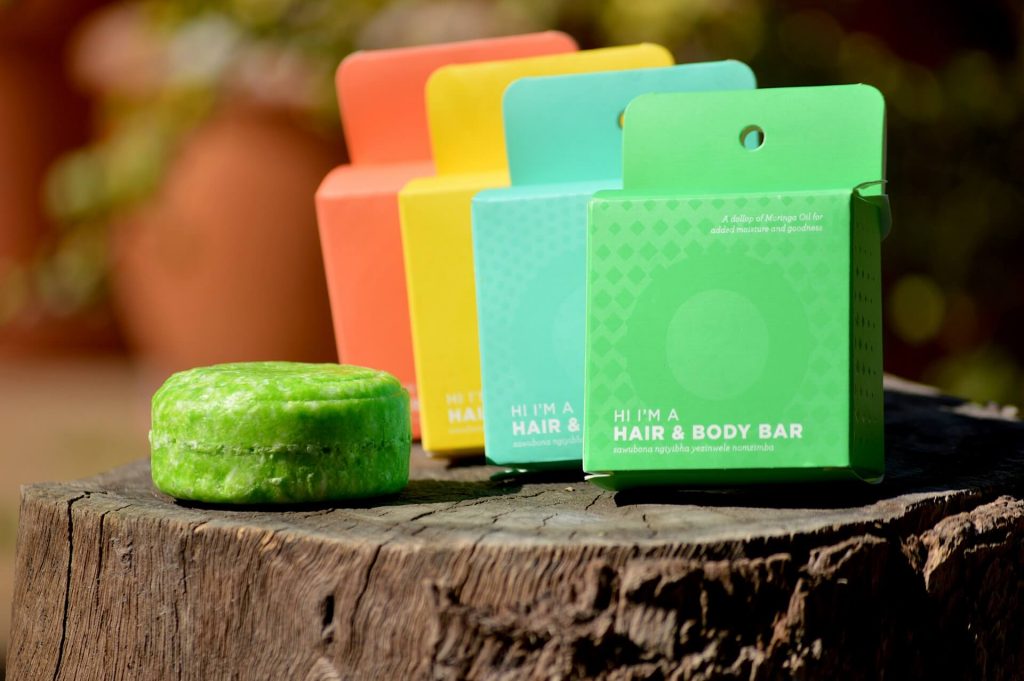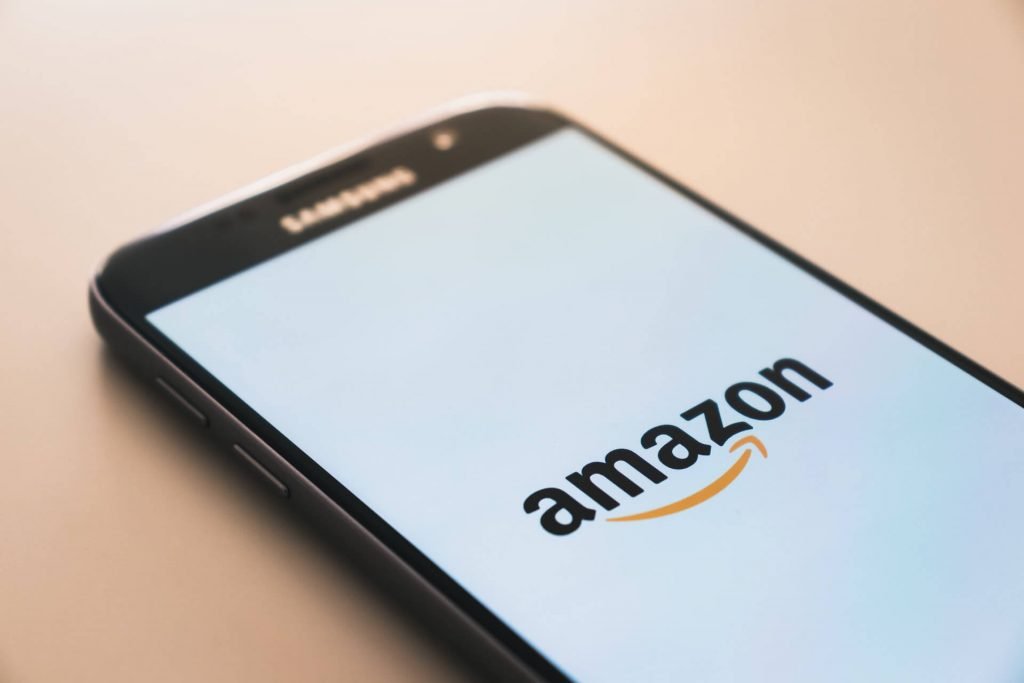A while back I made a post on sustainable shopping habits. But given how few physical shops are open right now, I figure it makes sense to do a deeper dive specifically looking at online shopping.
All the points from my original shopping post are still definitely relevant, particularly those around only buying what you actually need, avoiding impulse buys and going for quality over quantity.
Here are some things to keep in mind when you decide to buy online.
1. Avoid Returns If Possible

Returns are an important part of both in-person and online shopping. Maybe your purchase is faulty, or the wrong size or maybe it just turns out to be unsuited to your needs.
The above are all good reasons to return items. But a problem arises when people start using returns as a “try before you buy” service for multiple items.
When free returns (and low prices) became more common online, I remember ordering a bunch of products without doing much research on them at all. Once delivered, I’d try out my products, keep the few that I liked and return all the others. This might sound like a great fail-safe strategy but, as I came to find out later on, it’s totally unsustainable and a bit lazy.
Returns are a significant source of waste and emissions across multiple industries. Items that are returned need to be individually checked and undergo chemical and steam cleaning in order to be resold. Resold Items need to be repackaged, thus increasing the packaging waste, while those that aren’t resold are either donated or incinerated. And that’s without even talking about the transport emissions involved.
Avoid unnecessary returns by doing the research before you buy, so that the product you order has the best chance of being a keeper.
Of course, there are always going to be some things that you can’t 100% determine before you buy, (E.g. exact sizing, ergonomics, real world application) but by doing the research you can improve your chances of getting it right first time.
Check customer reviews, public forums, YouTube videos, product details and size guides to gain more information so that you have the clearest picture of what you’re ordering.
The ideal scenario should be to find the right product, order it and have it fit your needs. No returns, no added waste, no hassle, just you and your perfect purchase. You might not always get it right, but you’ll have gone about it the sustainable way!
2. Buy Pre-owned Products

Usually when I talk about second-hand shopping it’s the physical brick and mortar shops that I’m referring to. But there are plenty of ways to find used products online too.
Market places where you can buy and sell pre-owned items are one very popular option that you may have used before. These include sites like eBay, Facebook Marketplace, Donedeal, Depop, Gumtree and many more besides.
Just bear in mind that not everything on these sites is second-hand, many of the listings are made by businesses who resell brand new products, which is really no better than a regular online shop.
Another great option is to shop with businesses that specialise in used and refurbished products. Simply do a Google search for the type of product you want e.g. “refurbished smartphones”, “second-hand clothing”, “used cars”. This is a good option for more expensive products because you are buying through a genuine business, this means you will likely receive a receipt, warranty and support should you need it.
Note that there are some charity shops that sell online so that’s definitely worth looking into as well, particularly for smaller or vintage items. The best example of this in Ireland would be Thriftify who have a great varied selection of used goods so that you can pick up all kinds of unique items.
If you have a specific brand of product in mind, you could see if that company has a refurbished or second-hand goods “outlet” section on their website. Lots of big companies, such as Dell and Apple sell used products at discounted prices if they can’t be sold as new.
These products could be previous floor models, unused returns, or products with minor cosmetic damage. This is another great tip for more expensive purchases because you’re safe in the knowledge that your product has been properly restored to manufacturer standards!
3. Look for Environmentally Responsible Companies

I touched on this one in my first shopping post, but it remains an important, if not a slightly obvious, way to make your shopping more eco-friendly.
The companies you support don’t necessarily have to be “eco businesses” (more on them below), but they should have policies in place to monitor and reduce their impact as much as possible. Below are some of the ways you can check to see if the brand or company you want to buy from has a good environmental record.
- Use sustainability apps and directories to see which brands are doing their part. Goodonyou and Buycott are two good ones for quickly checking a company’s credentials.
- See if your chosen company is a certified B Corp, this is a certification only given to businesses that go above and beyond from an environmental and social standpoint.
- Keep an eye out for other environmental and social policy certifications.
- Look for news reports on the big companies you buy from, many of whom are now under the microscope when it comes to their policies and procedures.
- Google the company’s policies. Personally, I wouldn’t trust everything that companies write about themselves because some of it is written just for PR. But you should still be able to see straight away how transparent -or not- a company’s policies are. Look for specific detail of what they’re doing to reduce their impact, rather than wishy washy promises with no follow through.
4. Support Local Online Sellers

Another of my often-repeated tips; buying local is the way to go.
See if businesses in your city/region/country can meet your online shopping needs. You might have to do a little more digging to find them, but you have no idea how much your business will be appreciated. Plus, delivery fees and times will be greatly reduced!
Google search and online directories are your friends for this one and will make finding local online business that much easier. For arts and crafts, Etsy is a great platform for supporting small independent producers.
If you’re in Ireland, see this list put together last Christmas of over 400 Irish businesses that offer online shopping. Note that not all shops on this list are sustainability focused but it’s still worth a look.
You could also have a look at ShopLocalOnline.ie and JustBuyIrish.com for directories of Irish online shops.
5. Buy from Sustainability Shops

If it’s homeware or beauty products you’re looking for then it’s worth checking out online shops that specialise in sustainable goods.
Not only is it great to support these smaller businesses but given that sustainability is their bread and butter, they will have the most eco-friendly practices when it comes to sourcing and delivering their products.
There are a bunch of Irish sustainable stores to choose from such as Reuzi, Greenoutlook, Ecostore, Earthmother and many more.
6. Avoid Amazon If Possible

This might be a little unpopular with some but, when you can, try to buy from smaller businesses with better environmental and labour records than Amazon. You can even use their website to help you find some alternatives!
I often use Amazon as a search engine to find the products I want and then I look for alternative sellers. It might sound a little cheeky but it’s a good way of finding quality products with thousands of user reviews. Often you can find a product on Amazon and then buy directly from the manufacturer for less.
That said, there are times when Amazon might be your only option. In the past I have bought from them either because there were no other sellers who delivered to Ireland or because other competitor’s prices were way over my budget. In these cases, I wouldn’t feel guilty about it, you have to save money when you’re on a budget and purchasing from Amazon once in a blue moon isn’t the end of the world!
And if you do buy from them, there are a couple of ways you can make your Amazon shopping more sustainable too.
Firstly you can change the Amazon url from amazon.co.uk (or .com/.de/.fr depending on location) to smile.amazon.co.uk. This means that a 0.05% of your purchase goes to a charity of our choice. It’s not a lot but it adds up and is a nice way to make Amazon shopping more positive.
Another way is to look for refurbished Amazon deals. Amazon Renewed offers lower prices on pre-owned items, some of which have never been used and are simply returns. This is a good way to buy second-hand from Amazon and is my go-to whenever I make a purchase from them.





